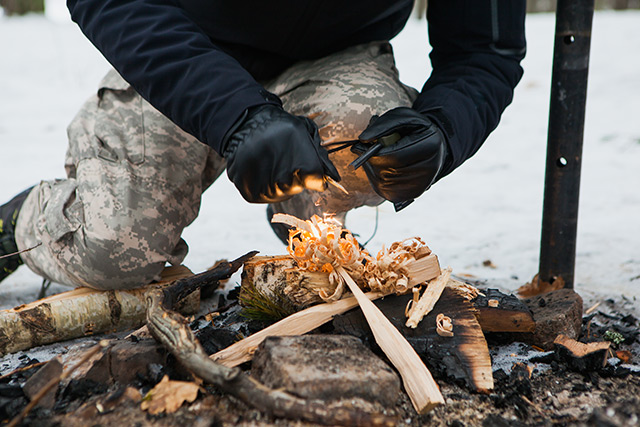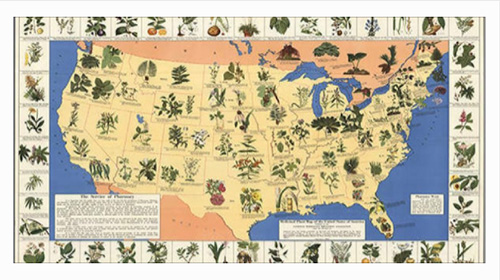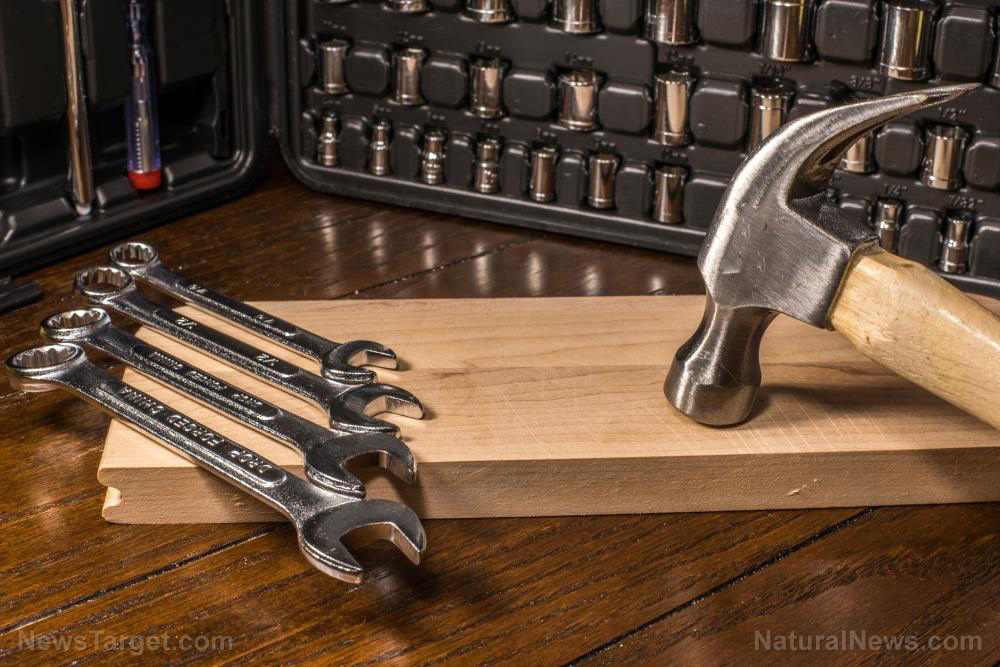Beware of the summer bugout: Prepare to stay hydrated or the heat might literally kill you
06/28/2017 / By JD Heyes

A recent sad case in Texas nevertheless served as a reminder why any legitimate summer bugout plan should include making provisions to ensure you’ve got plenty of water to stay hydrated, lest you die trying to get away from collapsing cities and urban chaos.
As reported by Lifezette, a 15-year-old Boy Scout recently perished in Texas during a backpacking trip after developing a case of heat stroke, the worst kind of heat injury. The site noted further:
While hiking in Fort Davis, Texas, at Buffalo Trail Scout Ranch on June 12 along with other Boy Scouts, Reid Comita collapsed. The group had apparently been hiking for hours on end in the heat at the ranch, which is just north of Big Bend National Park.
Separate news reports said that temperatures were in the upper 90s the day Reid and the others were hiking; the heat index was in excess of 100 degrees F.
Of course this is a tragedy, but what makes the story particularly relevant is that, should stuff hit the fan tomorrow, perhaps millions of American preppers who have already put together a plan to get out of their cities and hightail it for a pre-determined bugout location may very well have to hike part or even all of the way, and in summer heat. In some parts of the country that will mean a “dry heat,” as was the case for this unfortunate young man, but in others like the Midwest, high temperatures are often accompanied with high humidity, dramatically boosting the heat index.
So while I certainly grieve for this young man and his parents, I also believe his death should serve some good, too, by reminding those of us who want to survive a chaotic scenario of the importance of preparing to travel distances, on foot, in summer heat. (Related: 11 Mistakes you can’t afford to make when moving off grid.)
Always remember these basic steps at staying cool in summer heat:
— When traveling, keep your clothing lightweight and loose-fitting, as tighter clothing does not allow for proper bodily cooling.
— Avoid getting sunburned: “Sunburn affects the body’s ability to cool itself, so protect yourself outdoors with a wide-brimmed hat and sunglasses and use a broad-spectrum sunscreen with an SPF of at least 15. Apply sunscreen generously, and reapply every two hours — or more often if you’re swimming or sweating,” Lifezette noted.
Not only that, but a sunburn can also lead to blistering and unusually high fluid loss — a very big deal considering that fluid intake will become a priority while traveling in summer heat.
Do you have some sunblock in your bugout bag?
— As should be obvious (but unfortunately, as the Boy Scout death reminds us), it is important to stay hydrated. Too often, though, preppers only think they have enough water for their journey, but they may find out (too late) they don’t. It’s summer; it’s hot. If you have to lighten your bugout load some to make room for more water, do it. It will save your life.
And to remind as well, make sure you’ve got a good supply of H20 when you get where you’re going; you’ll need it.
— Some medications can put you more at risk of heat exhaustion/heat stroke because they may dehydrate you or impede the dissipation of heat. If you take meds and you don’t yet know if they will make your life in the heat more difficult, find out.
— You may feel the need to get away as quickly as possible from the evolving, worsening situation, but if you can wait until the hottest part of the day is over, do so before heading out, even traveling at night if possible. If you must bugout in the heat of the day, take care to rest frequently and hydrate in a cool spot.
— Get acclimated to the summer heat now by getting outdoors. Wear what you’re going to wear to bugout, and “practice” with your pack and gear at a local park or hiking trail. Don’t take a long trail right off the bat; pick shorter ones and work up to longer trails.
J.D. Heyes is a senior writer for NaturalNews.com and NewsTarget.com, as well as editor of The National Sentinel.
Sources include:
Tagged Under: bugout, death, dehydrated, heat injury, heat stroke, prepper




















